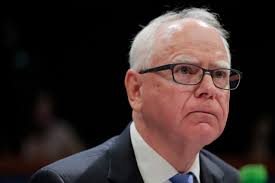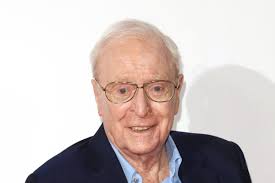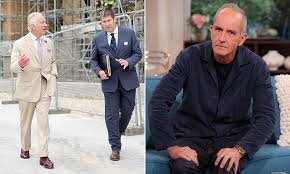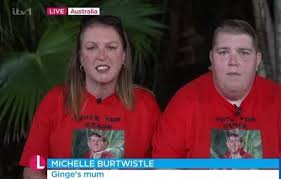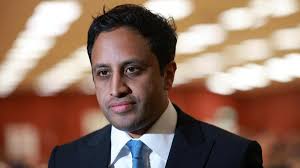Imagine waking up with a simple cold, taking some over-the-counter medicine, and never waking up again.
That’s what happened to 12-year-old Mary Kellerman, the first known victim in what became one of the most terrifying unsolved cases in American history.
It was late September 1982, and Chicago became the epicenter of a mystery that felt more like a horror movie than real life.
But this wasn’t fiction—it was the beginning of a nationwide panic that would forever change how we take medication.
A Chain of Sudden, Tragic Deaths
The tragedy didn’t stop with Mary. Hours later, 27-year-old Adam Janus, a healthy postal worker, suddenly collapsed and died.
His family rushed to be with him, only for his younger brother Stanley, 25, to die shortly after arriving.
Then, unbelievably, Stanley’s wife Theresa, just 20 years old, collapsed and was soon declared brain-dead.
All three had been in the same house. All had taken the same painkiller: Extra-Strength Tylenol.
As more deaths followed across Chicago, health officials scrambled to connect the dots.
It wasn’t long before they made a chilling discovery—each victim had taken Tylenol capsules laced with cyanide, a fast-acting poison that kills in minutes.
America on Edge: A City Gripped by Fear
The discovery sparked immediate and widespread panic.
Police drove through neighborhoods broadcasting warnings from loudspeakers.
Volunteers knocked on doors. Even football games were interrupted by urgent on-screen alerts.
The threat wasn’t from a Cold War enemy, but from a familiar household product.
It felt like no one was safe. Could something as simple as pain relief now be deadly?
Tylenol, one of the most trusted names in medicine, had become a weapon.
Seven people died within days, and no one knew who was behind it—or if it was over.
A Netflix Documentary Reopens the Case
More than 40 years later, a new Netflix docuseries, Cold Case: The Tylenol Murders, is bringing fresh attention to the case.
The three-part series explores suspects, theories, and questions that still linger.
One man stands out—James Lewis, a tax accountant with a shady past, who became the FBI’s prime suspect.
He was never charged with the murders but was convicted of sending an extortion letter to Johnson & Johnson, the makers of Tylenol, demanding $1 million to “stop the killing.”
Lewis always denied being the killer, claiming he was just trying to take advantage of the chaos.
“They make me look like I’m the most dangerous person alive,” he says in the documentary. “I wouldn’t hurt anybody.”
A Suspect With a Dark Past
But Lewis’s background didn’t help his case. Abandoned as a baby, accused of a brutal murder in the 1970s (a case that was thrown out), and caught up in fraud investigations—he certainly fit the profile of someone capable of something sinister.
Police even found a handbook on poisoning in his home, complete with his fingerprints on the cyanide section.
He fled when authorities began circling, but gave himself away by writing a letter to the press—ironically the move that led the FBI straight to him.
Even with this mountain of suspicion, Lewis had an alibi.
He insisted he was in New York at the time of the poisonings, and the authorities couldn’t prove otherwise.
More Deaths, More Questions
The terror didn’t stop in Chicago. Soon, Tylenol was pulled from shelves across the country.
Airports began screening passengers for bottles of the painkiller.
Poison helplines were jammed with frantic calls.
Johnson & Johnson was hit hard. Tylenol was their best-selling product, and they were forced to recall 31 million bottles, costing them $100 million.
They also offered a reward and publicly denied the contamination could’ve happened in their factories.
Still, some people weren’t convinced.
Was Johnson & Johnson Too Quickly Cleared?
The documentary raises another possibility—that investigators were too eager to believe Johnson & Johnson.
The company claimed it didn’t store cyanide in its plants, but later admitted it was used for internal testing.
Could the contamination have happened during manufacturing?
And if so, was there a cover-up? Critics argue the company had too much control over the investigation and testing, even destroying millions of pills before they could be thoroughly analyzed.
Some of the poisoned Tylenol even came from separate manufacturing plants—making it harder to pin down a clear source.
A Possible Motive and a Shocking Novel
One of Lewis’s former cellmates claimed he had confessed that the poisoning spree was revenge—he blamed Johnson & Johnson for the death of his young daughter, who had a heart defect patched with a product made by the company. Lewis denied this accusation.
Years later, he added fuel to the fire by self-publishing a novel titled Poison! The Doctor’s Dilemma, about neighbors being mysteriously poisoned.
For many, it was a twisted admission in fiction.
But there’s one major flaw in the theory: in 1986, a woman in New York died from cyanide-laced Tylenol—while Lewis was in prison.
Could there have been a copycat? Or was the real killer still out there?
Were More Victims Missed?
One detail in the documentary is especially haunting.
Mary Reiner, one of the victims, didn’t even buy her Tylenol—it came from a blister pack given to her at the hospital as she left with her newborn.
This raises disturbing questions. If hospitals were unknowingly handing out poisoned pills, how wide was the contamination? Could other victims, especially older people, have died without ever being tested for cyanide?
Michelle Rosen, Mary Reiner’s daughter, is among those still searching for answers.
“How many others were missed?” she asks in the series.
A Tragedy That Changed the Industry
Though the killer was never found, the Tylenol case had a massive impact.
It led to the introduction of tamper-proof packaging, safety seals, and stricter regulations for over-the-counter drugs—safeguards we take for granted today.
Still, the mystery remains unsolved, and the wounds are still fresh for families who never got justice.
More than four decades later, Cold Case: The Tylenol Murders doesn’t provide a definitive answer—but it reopens the conversation and forces us to ask: could something like this happen again? And if it did, would we be ready?



